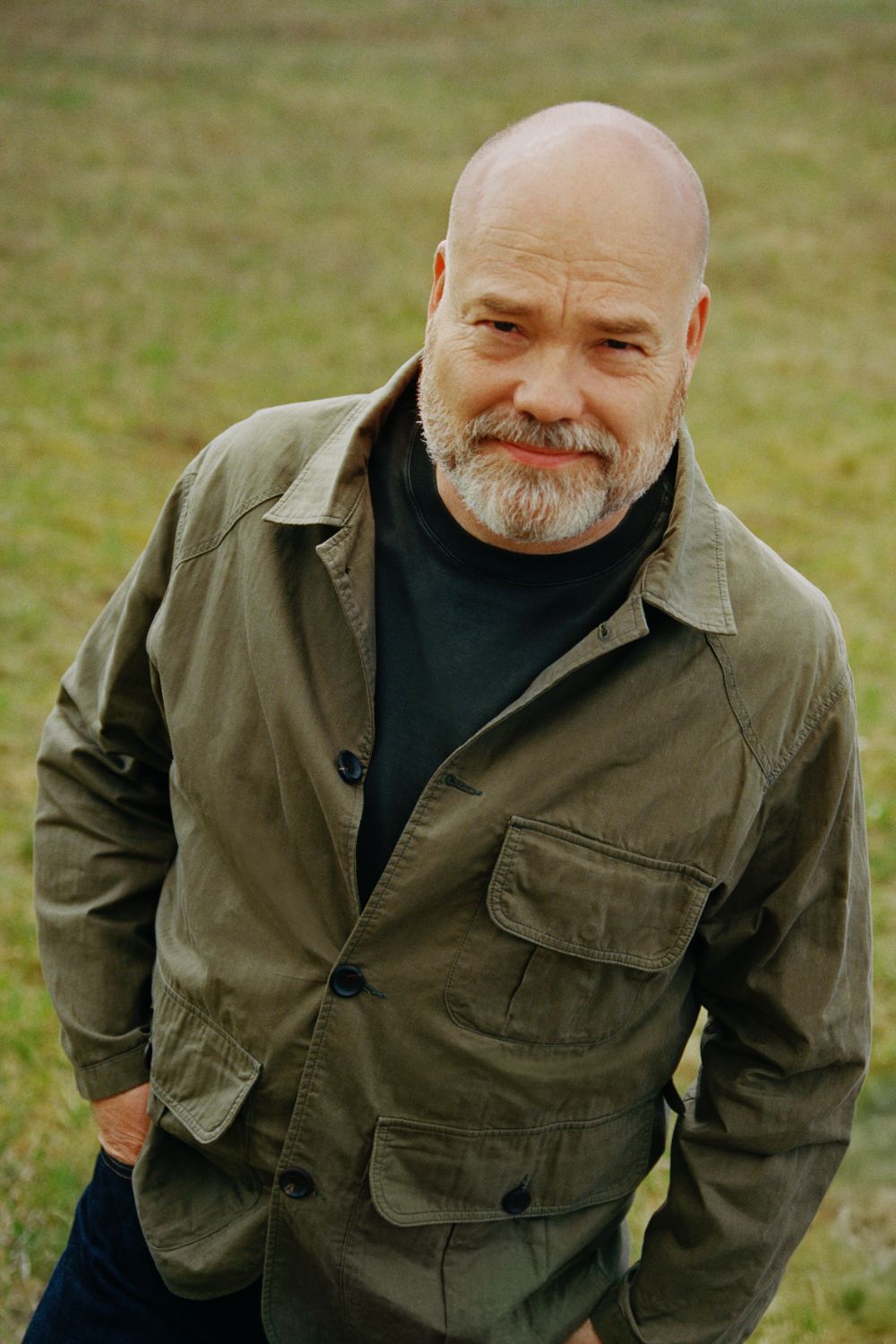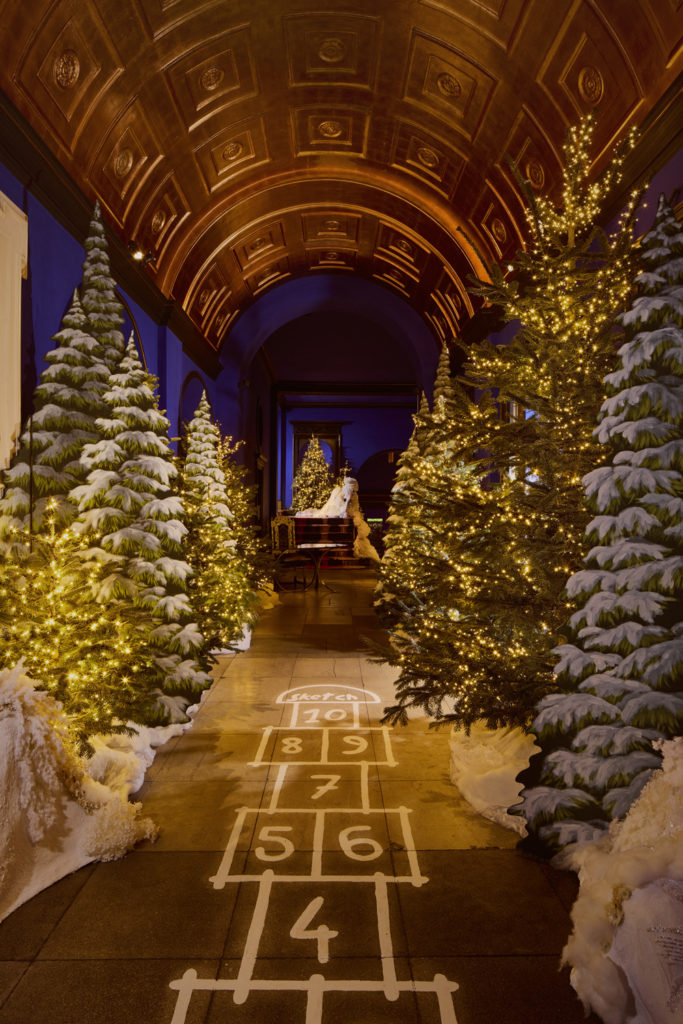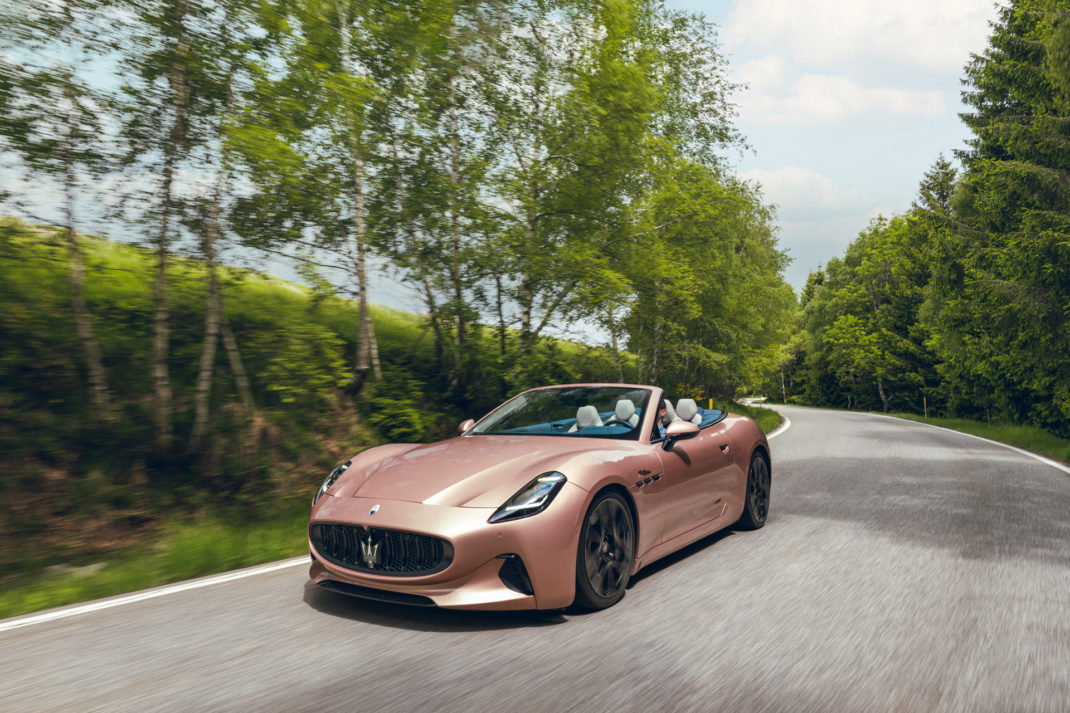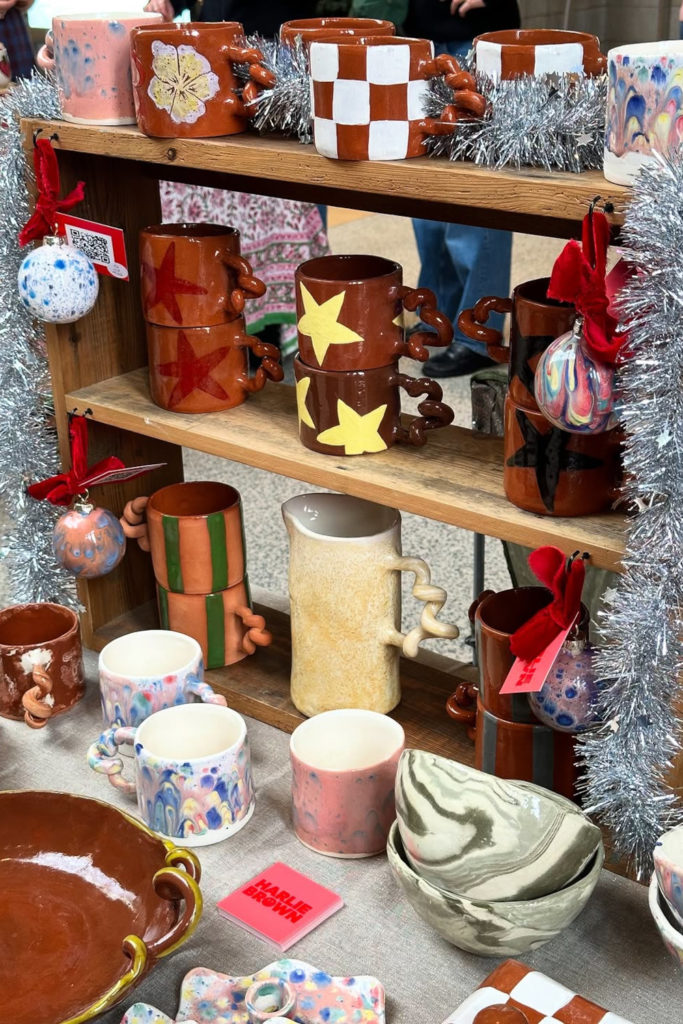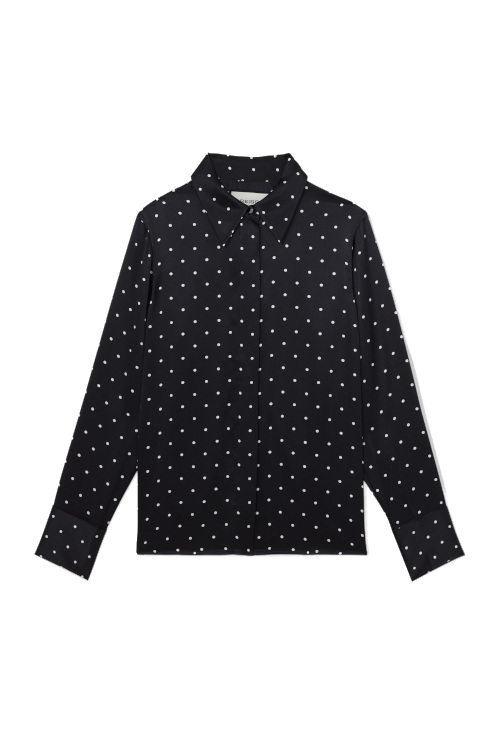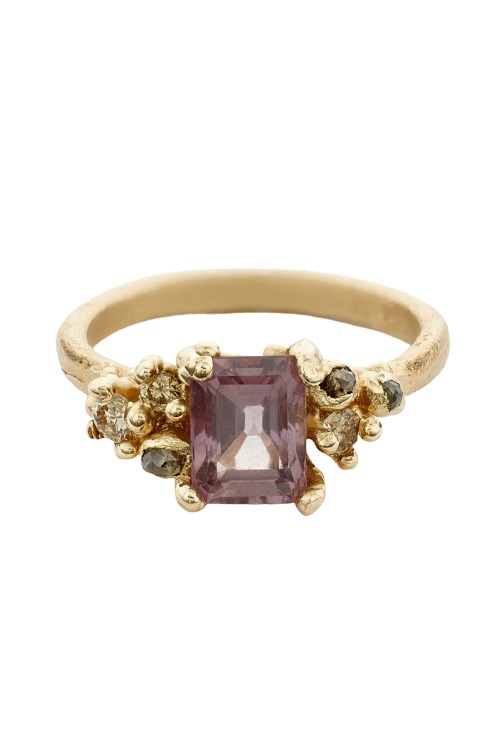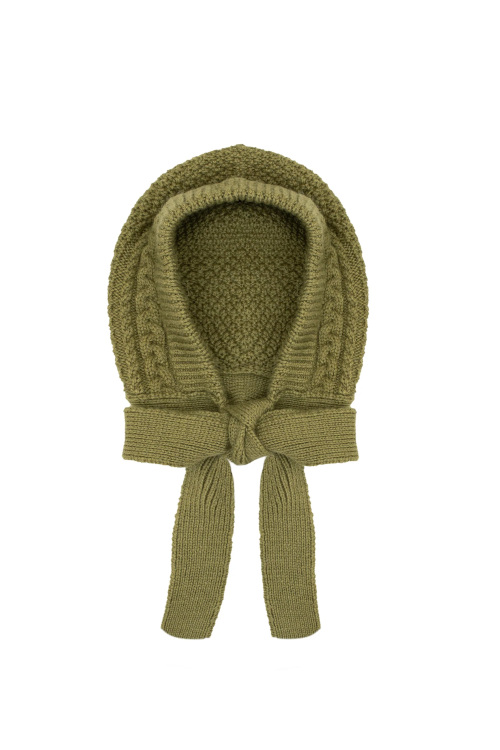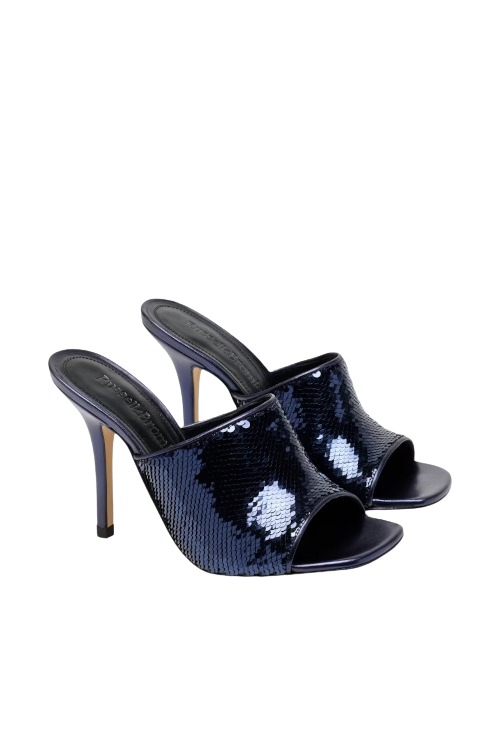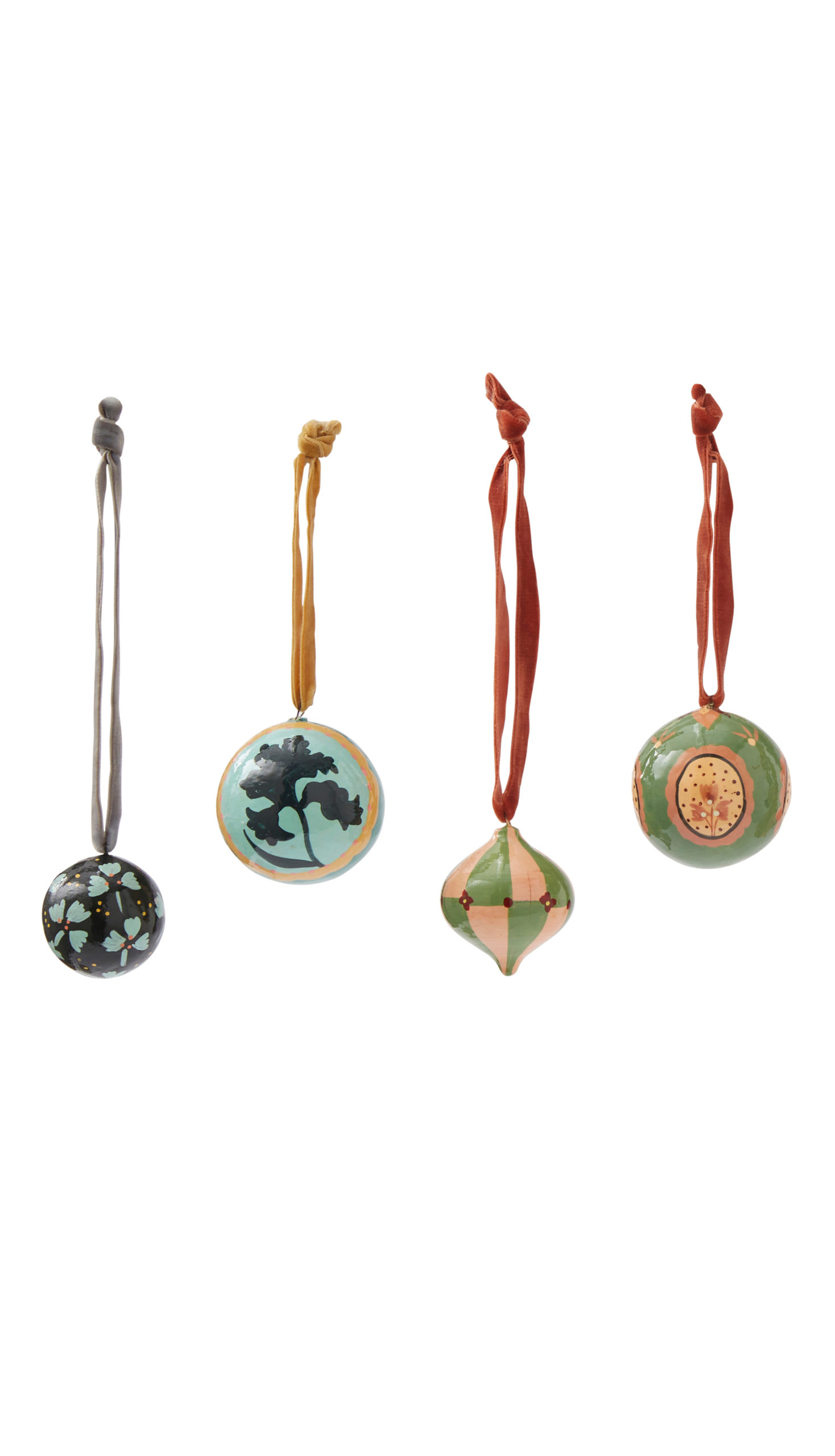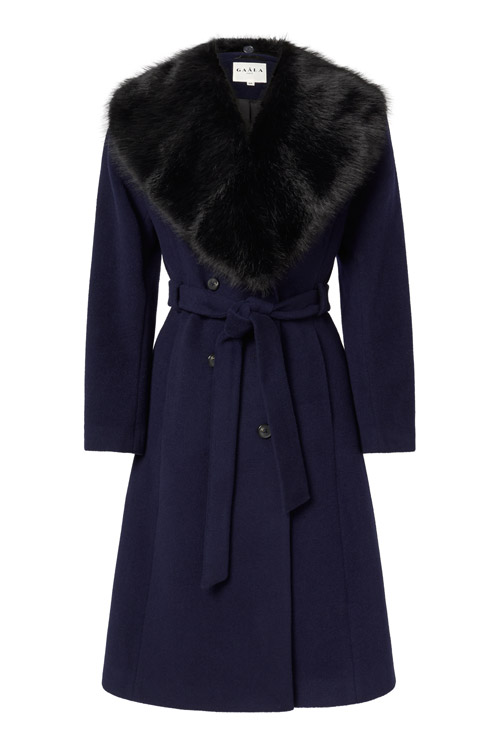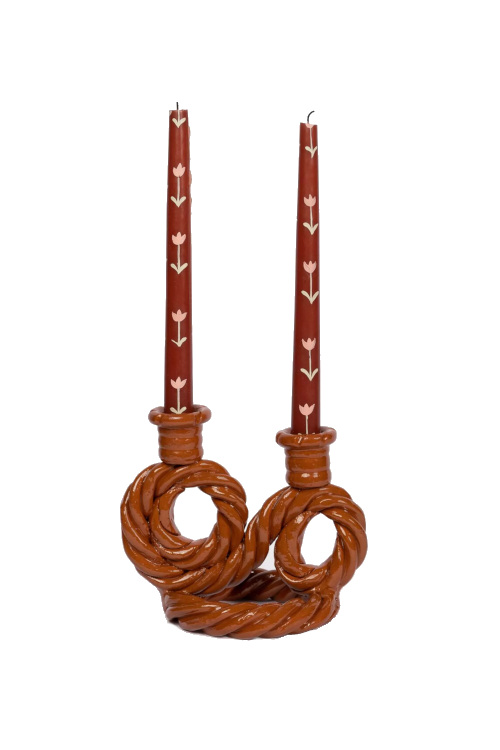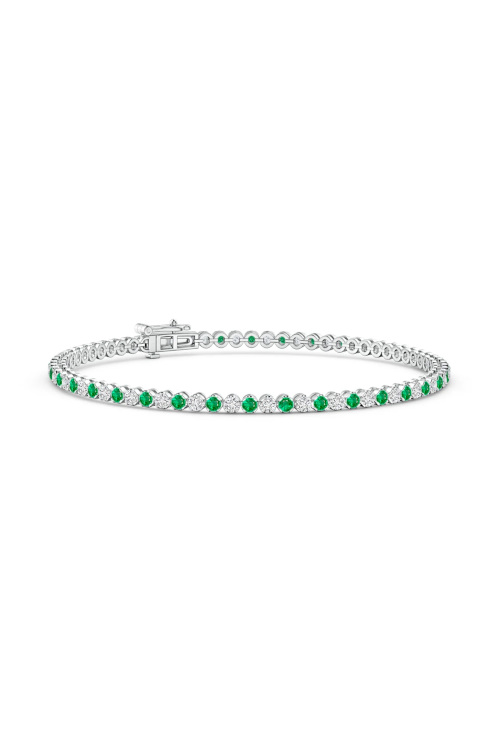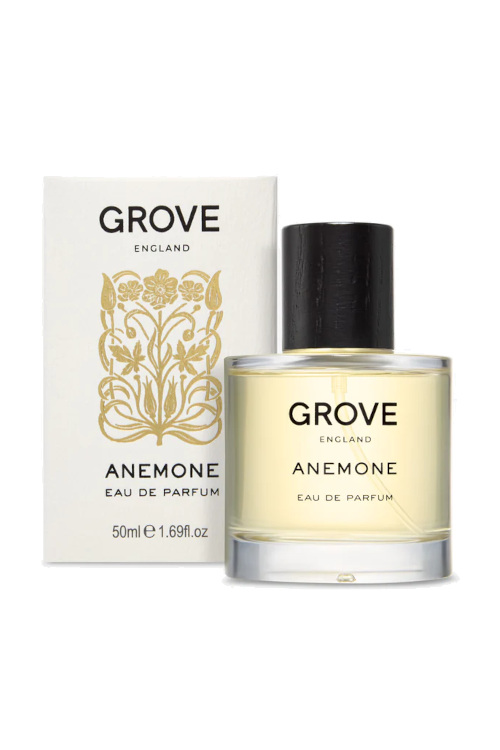This 200-Year Project Is Restoring Scotland’s Wild Lands
By
3 months ago
WildLand's mission might be immense, but the organisation's determination is undeniable
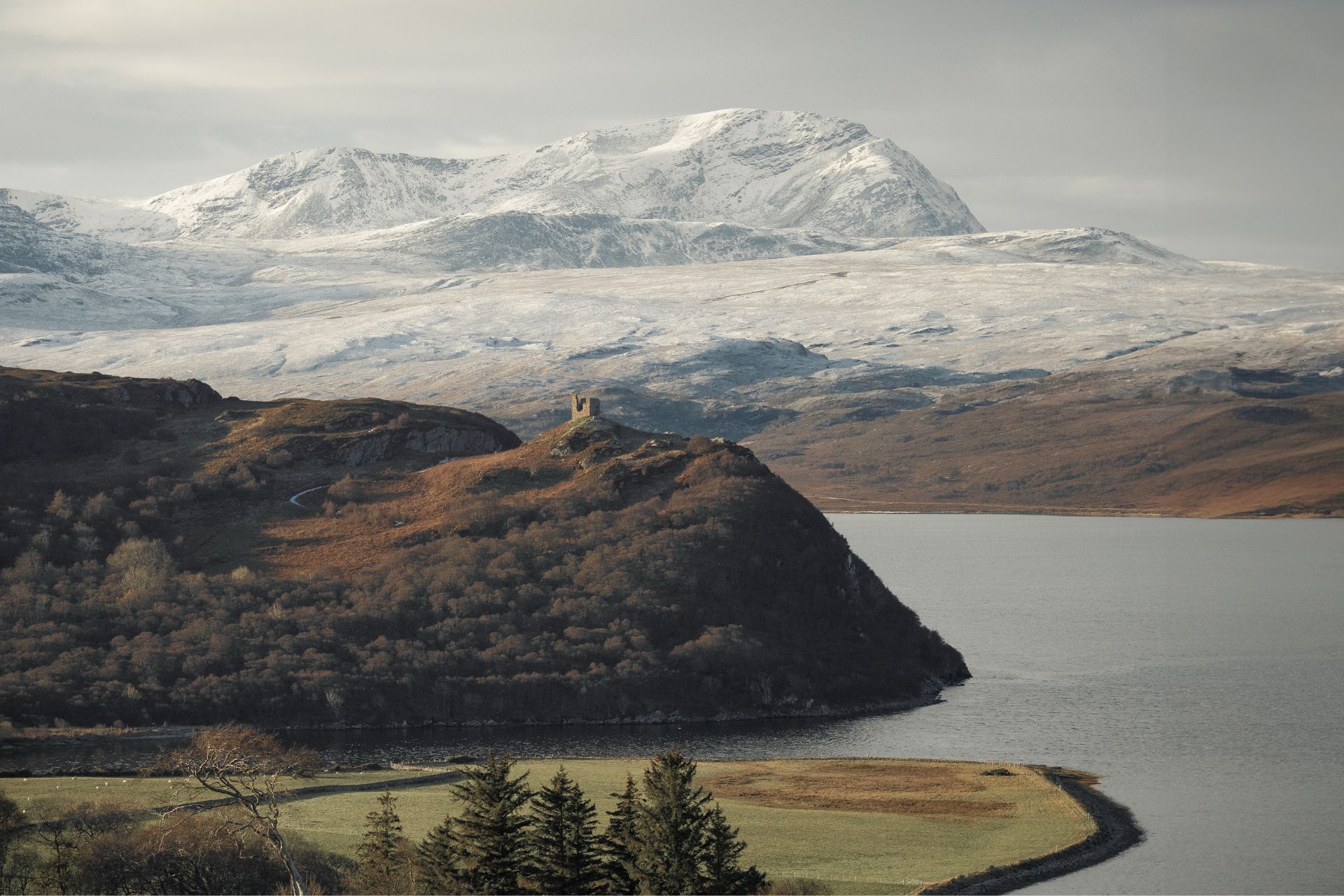
Returning to the rugged landscape that made such a mark when he was a small boy, Danish entrepreneur Anders Povlsen now owns one percent of Scotland, where his rewilding vision and verve for exquisite hospitality is breathing new life into both the ecology and the fabric of communities. Annabel Heseltine pulls on her boots at WildLand.
Discovering WildLand
It was a dreich afternoon in June and walkers were settling in for the night when I popped my head around the door of Ruigh Aiteachain bothy on my visit to WildLand in the Scottish Highlands, the largest conservation project in western Europe. ‘Come in. There is always room for one more,’ they said, evoking an ancient code of Highlands hospitality, the same greeting that quite possibly welcomed a small Danish boy staying on the 42,000-acre Glenfeshie estate 40 years ago.
Anders Povlsen would become one of the world’s wealthiest entrepreneurs with, most importantly for Scotland, a deep passion for conservation. For all its beauty, wide-skies and wildness, the Highlands and flow lands, puddled with precious pools of blanket bog of some 400,000 hectares (only last year recognised as a world heritage site), are threatened by depleted biodiversity, tree scarcity and overgrazing by the red deer immortalised by artist Edwin Landseer’s painting The Monarch of the Glen.
Unchecked by carnivorous predators (bears, wolves and lynx vanished several centuries ago) and encouraged as a source of hunting income on traditional sporting estates, deer have flourished alarmingly from a happy 2.5 per sq/km to a suffocating 10 per sq/km (as high as 25 per sq/km in some places) with severe ecological implications. Saplings can’t mature and Atlantic salmon cannot spawn in warming, unshaded rivers. Devastated by the damage, and ahead of the rush to invest in nature capital by so-called ‘green lairds’, Povlsen – who has also invested in the creation of a new national park in Romania, and in initiatives in Tanzania and Botswana – returned in 2006 to buy not only Glenfeshie (close to Kingussie, one of the last train stops before Inverness) but also 12 more estates covering 225,000 acres, amounting to one percent of Scotland.
Shifting the emphasis from shooting to biodiversity, Povlsen’s 200-year WildLand vision of landscape-scale conservation covers three conglomerate estates, WildLand North Coast, WildLand Cairngorm and WildLand West & Ness. ‘The regeneration of this wilderness will demand timescales more likely to be enjoyed in our children’s lifetime than by us in ours, but we can help create the conditions necessary to allow natural processes to gain a foothold,’ he says.
Forty conservationists are out at 4am culling deer, planting 6.5 million trees and removing old sporting tracks. Craftsmen are rebuilding 165 miles of dry stonewalls. Old cottages and manses have been restored so that aligned guests can connect with nature, enjoying the ecological and social regeneration of the Highlands while receiving WildLand’s rare alchemy of hospitality: heather sprigs on a white napkin; the thoughtful choice of cedar cladding in a redesigned boathouse to ward off midges; a fire, coffee thermos and dry robe magically waiting after a brisk early morning swim; e-bikes and pony picnics; even bagpipes. Everything feels more warming, knowing that the end game, the bottom line, is not money, but natural and ecological wellbeing.
Regardless of whether they are staying in the 300-year-old baronial Aldourie Castle, with its ochre turrets and emerald lawns sweeping down to Loch Ness and the feel of an Edwardian house party, or in one of the Scandi-Scottish manses, cottages and bothies, all are invited to join a conservation walk. While they might hope to catch sight of a moist, black nose vanishing over a purple horizon, a red squirrel or a hairy Highland cow, WildLand wants visitors to understand the implications of conservation. It’s an important PR job, as not all of it is palatable to urban sensitivities.
‘We have four large nature restoration schemes. It’s critical that we have no browsing, so we have zero tolerance. Deer are culled,’ says head of nature Steve Liddle, who sends venison boxes to local schools. Leading us through muffled spruce forests and up tumbling burns, he points out old drovers or coffin routes cutting through swathes of heather and stands of rowan, birch, bird cherry, larch and spruce.
‘Long term, we do want herbivores – roe deer and red deer who sculpt the habitat. And carnivores,’ he adds cautiously. An illegal lynx release – still under police investigation – went down very badly with locals recently. ‘Whether we have carnivores in my lifetime who knows? But if we have a resident roe deer population – ideal lynx prey – then we will be ready for them. Now we are looking at landscape-scale connectivity to help mix populations and gene pools of capercaillie and wild cat,’ says Liddle, who is preparing the next 25-year plan.
‘Where our deer management is in hand, regeneration of habitat and woodland has been remarkable,’ adds Povlsen. ‘Nature is miraculous in its ability to recover as soon as artificially high numbers of large herbivores are reduced. Seeds that have lain dormant sleeping in the ground for decades, wake and germinate. Saplings in check emerge. It is as if nature recognises a helping hand and somehow knows that this is its time.’
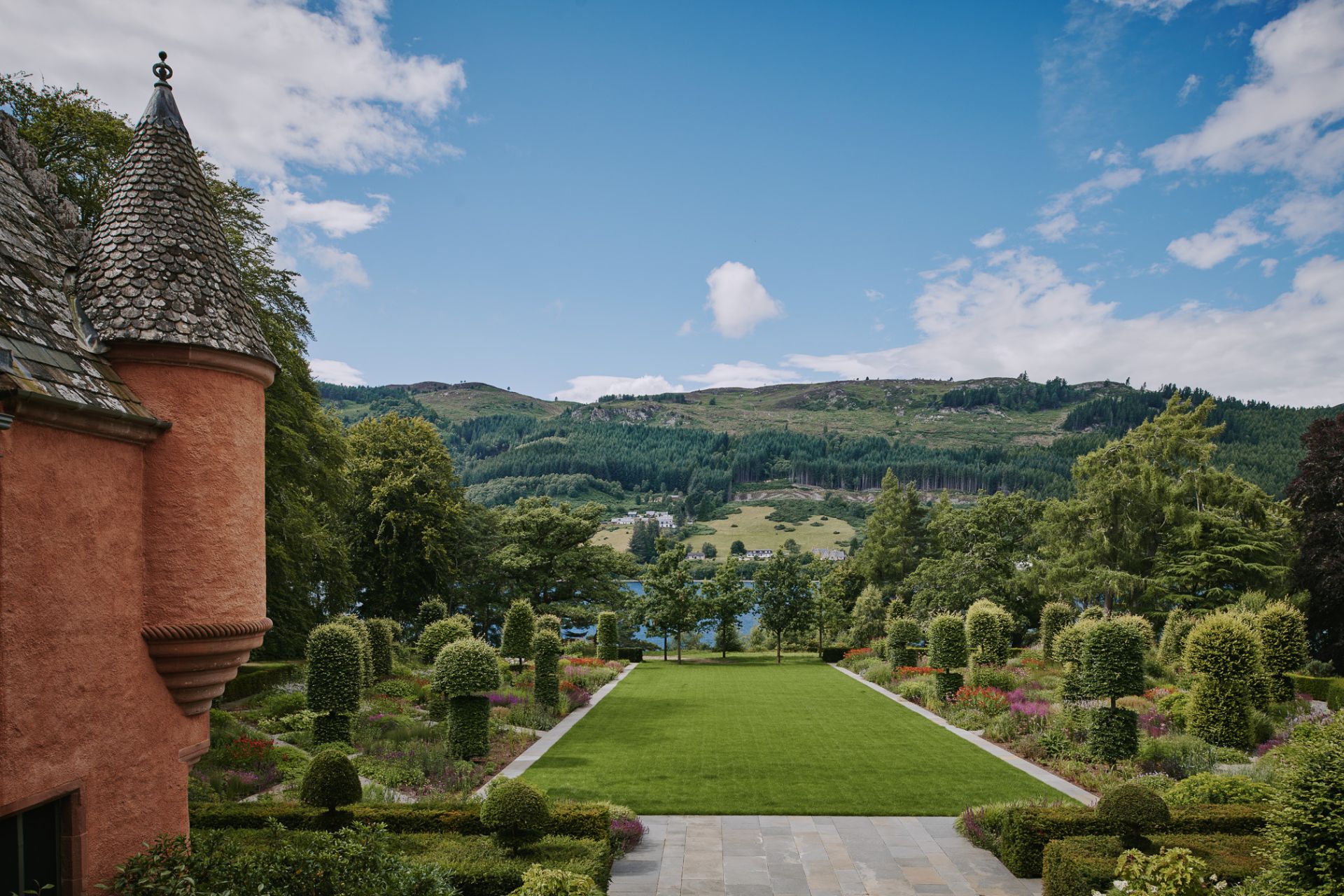
WildLand guests can stay in Loch Ness’ 300-year-old baronial Aldourie Castle
Beyond The Vision
Not everyone agrees with what Povlsen is doing. Although his suggestion that turning estates over to conservation reduces employment may not be accurate, Tom Opre’s documentary The Last Keeper raises an important point. With UN figures predicting global urbanisation rising to 68 percent by 2050, finding ways to connect urban communities with nature is vital; 80 percent of Scotland’s electorate live in the urbanised central lowlands. Many support the 2024 Land Reform Bill. Reducing land ownership to 5,000 acres ‘would cause Armageddon in the Highlands,’ says MFI heir Paul Lister, who turned his 23,000-acre estate Alladale over to conservation in 2003. His charity, The European Nature Trust, is a member of the Scottish Rewilding Alliance aspiring to make Scotland the world’s first rewilding nation.
‘Landscape recovery is in everyone’s interest,’ says Lister, who wishes more HNW individuals would emulate Povlsen. ‘It’s amazing, buying up swathes of denuded, under-utilised land, and, instead of sticking up wind farms like every Tom, Dick and Harry, he is regenerating landscape, breathing back life, not only into the ecology, but the fabric of the communities, restoring lodges and cottages, creating jobs, opportunities, and bringing more people to the Highlands. Other billionaires should take a leaf out of his book.’ Eco-activist Ben Goldsmith applauds Povlsen’s ambition and courage. ‘Rewilding is the best and only pathway to social and economic renewal in Scotland’s remoter landscapes,’ says Goldsmith. ‘Victorian “canned” shooting estates [where animals are bred to be hunted] are a dead end.’
On the wilder shores of Tongue in Sutherland, the proof of Povlsen’s plan is in the black pudding now sold at Burr’s bakery on a heritage site restored in consultation with the community. ‘We wouldn’t have a petrol station or Burr’s if it wasn’t for WildLand,’ says local businesswoman Michelle Pia. ‘They bring in people who enjoy the countryside, benefitting the local community who now have jobs.’ Rewilding Britain’s 2021 report found that rewilding land increases job numbers by 47 percent and volunteering opportunities seven-fold.
Continuing their commitment, WildLand’s business investment arm has put money into the private-public partnership North Coast 500, the 2015 tourist circular route bringing business north of Inverness, where in 2026 it is opening a new nature-immersive hotel in anticipation of the buzz around Scotland’s rewilding vision. Other WildLand initiatives are run in collaboration with Cairngorms Connect (CC), which is restoring 60,000 hectares in partnership with NatureScot. The last hill-to-grill night hosted by conservation stalkers gave away 600 venison burgers. CC’s innovative Menstruation in the Mountains campaign empowering young female hikers hit local headlines. Its annual Willow Walk, when volunteers carry tree-seedlings into the hills for planting, was featured on Attenborough’s Saving our Wild Isles.
Hope For A Wild Future
‘Perhaps one day,’ says Povlsen, ‘this process of rehabilitation will be such that animals long absent from these lands – lynx, bears and wolves – can return. While we will only support this if ways can be found for such species to coexist harmoniously with rural communities, exciting things are already happening,’ says Povlsen, citing rising numbers of hen harriers, goshawks and golden eagles.
On our last day, Liddle led us on a three-hour hike from Kinloch, the Duke of Sutherland’s old hunting lodge, to a meal foraged from nature and seasonal ingredients at Achiemore. Managed privately by WildLand, the bothy stands proud on a still loch overlooking Ben Loyal, Scotland’s wildest monroe; we hadn’t seen a soul. Over lunch, Finlay (19), WildLand’s youngest conservation stalker with an impressive head of red hair, who spends his days shooting deer, told me passionately: ‘There’s no purpose creating a monoculture to support one species, to then kill it. It’s against ecology. I love deer so I honour them by hunting them correctly and here they are insanely wild.’
After lunch, we lie on the grass gazing at scudding clouds. A sandpiper skims white buds of cotton grass, wetness sinks through sphagnum and peat returning a healthy dampness to starving dry soil. My eye catches a sudden movement in a purple haze. Could it be? The antlers of a majestic red stag will always play a part in Scotland’s history, but now at WildLand it’s back in its place with lynx on a long horizon and wolves perhaps no longer just a fairy tale.
WildLand’s accommodation portfolio includes award-winning self-catered cottages from £275 a night, hotels from £525 a room full-board, and exclusive-use, fully catered lodges and castles from £3,000 a night. Find out more: wildland.scot

